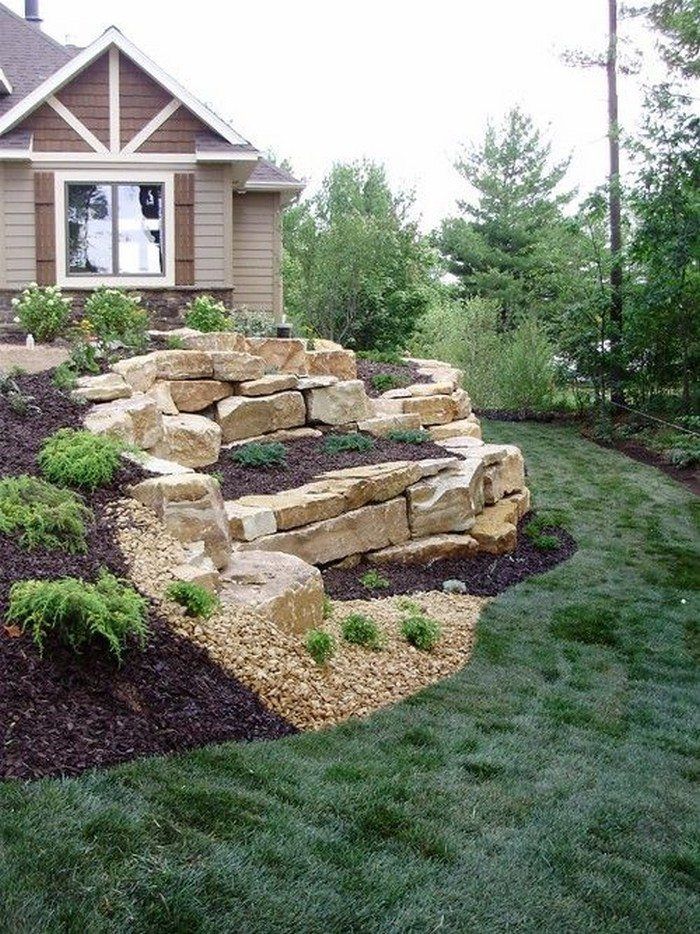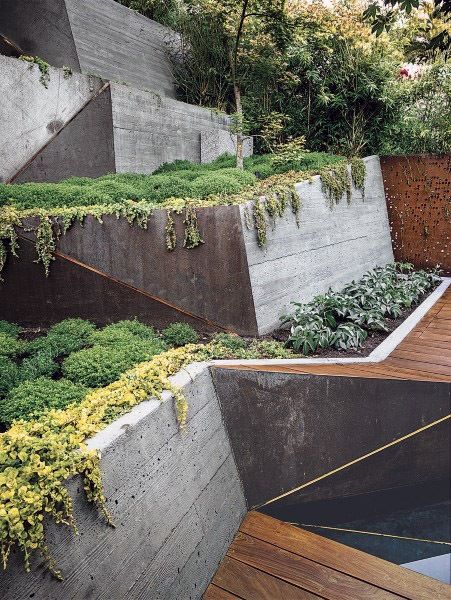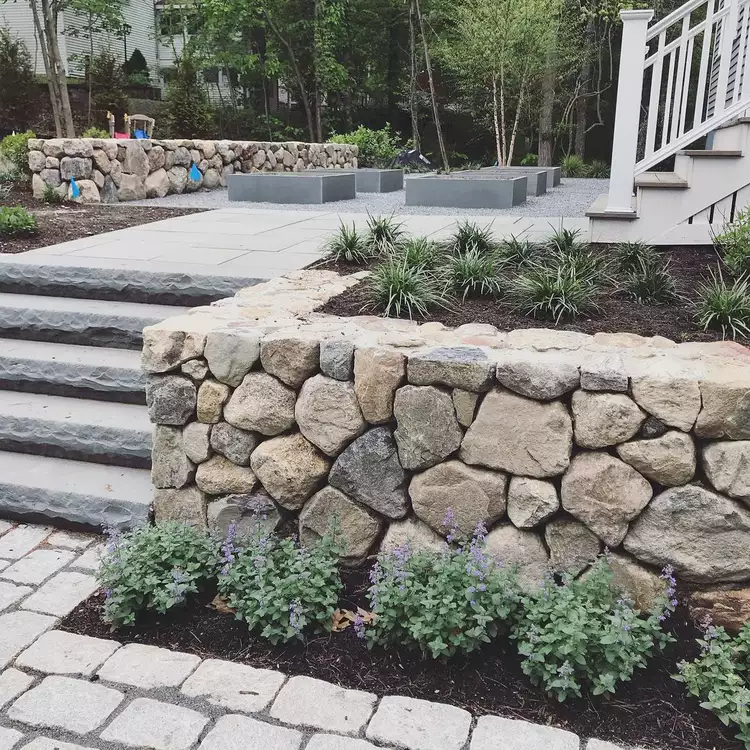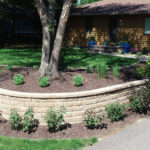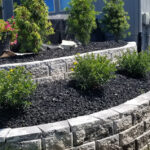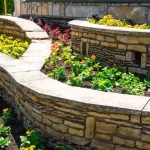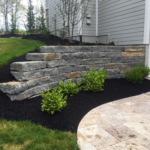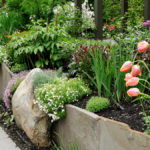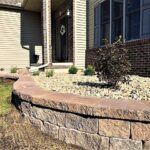Landscaping retaining walls are essential elements in creating functional and visually appealing outdoor spaces. These walls are used to support soil and terrain that would otherwise collapse or erode. Retaining walls can be constructed from various materials such as concrete, stone, brick, or wood, and can be designed in a variety of styles to complement the overall look of a landscape.
One of the main purposes of landscaping retaining walls is to prevent soil erosion. Without proper support, steep slopes can erode over time, especially during heavy rainfall. Retaining walls help to stabilize the soil, preventing it from washing away and causing damage to surrounding structures. By holding back the soil, retaining walls also create flat areas that can be used for planting gardens, creating patios, or adding other outdoor features.
In addition to their practicality, landscaping retaining walls can also enhance the aesthetic appeal of a space. Retaining walls can be used to create terraced gardens, adding depth and dimension to a landscape. They can also be designed with decorative elements such as built-in planters, seating areas, or water features. Retaining walls can be customized to blend seamlessly with the overall design of a landscape, whether it be formal, rustic, modern, or traditional.
When designing and constructing landscaping retaining walls, it is essential to consider factors such as soil type, drainage, and the amount of pressure the wall will need to withstand. Proper engineering and construction techniques are crucial to ensure that the retaining wall is strong and durable. It is also important to choose the right materials for the wall, taking into account factors such as cost, durability, and aesthetics.
Maintaining landscaping retaining walls is also important to ensure their longevity. Regular inspections should be conducted to check for signs of damage such as cracks, bulging, or erosion. Any necessary repairs should be made promptly to prevent further issues. Proper drainage is also essential to prevent water from building up behind the wall, which can lead to pressure and potential failure. With proper maintenance, landscaping retaining walls can provide years of support and beauty to outdoor spaces.
